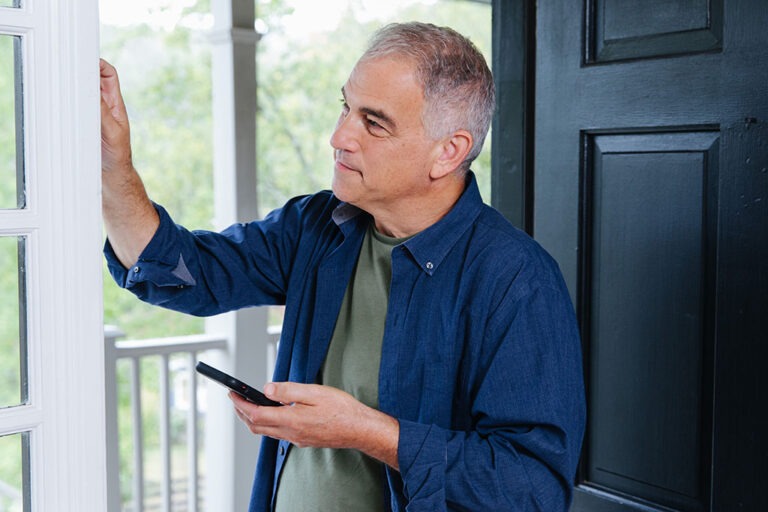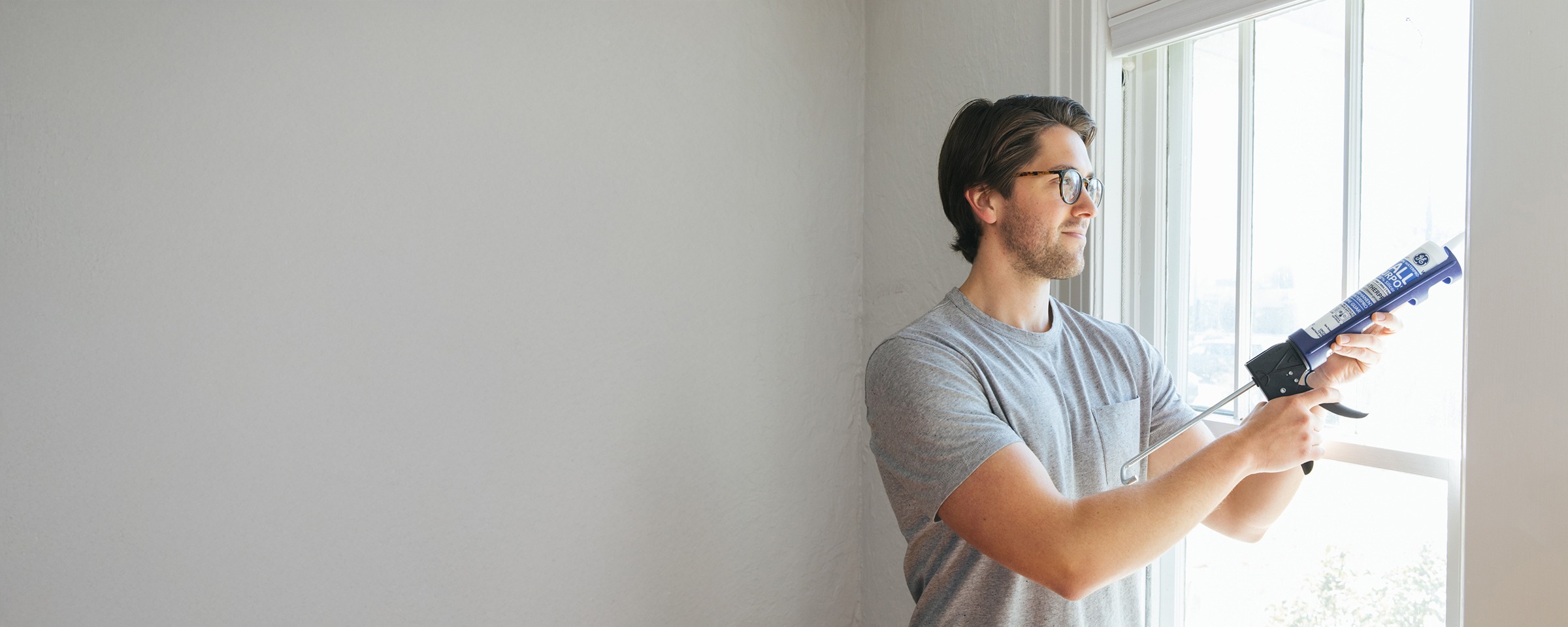
Home air sealing and insulation upgrades.
Thinking about improving your home’s comfort and efficiency? Sealing air leaks and adding insulation are smart and affordable first steps. Home envelope air sealing and attic and wall insulation rebates are available from TVA EnergyRight® and your local power company.
Seal in comfort and save on energy costs.
Drafty rooms, uneven temperatures and high energy bills could mean your home is under-insulated or letting your conditioned air out and unconditioned air in! The EPA estimates that heating and cooling costs can drop by an average of 15% when you air seal and insulate your home. That’s comfort — and savings — you can feel.
What you need to know about weatherization, air sealing and insulation
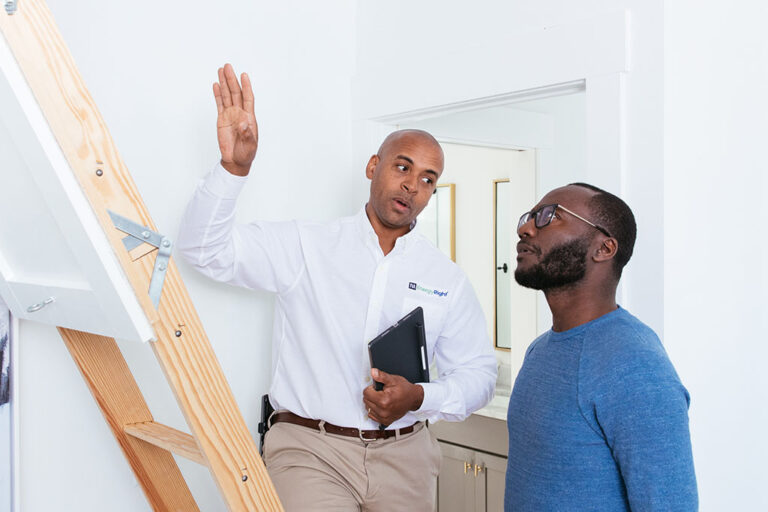
Why home air sealing and insulation matter.
Your home’s thermal envelope — walls, attic, windows and floors — plays a big role in how efficiently our heating and cooling system works. Air sealing stops unwanted drafts, while insulation slows the flow of heat into or out of your home. Together, they create a more stable indoor environment and reduce the strain on your HVAC system; leading to lower energy bills and longer-lasting heating and cooling systems.
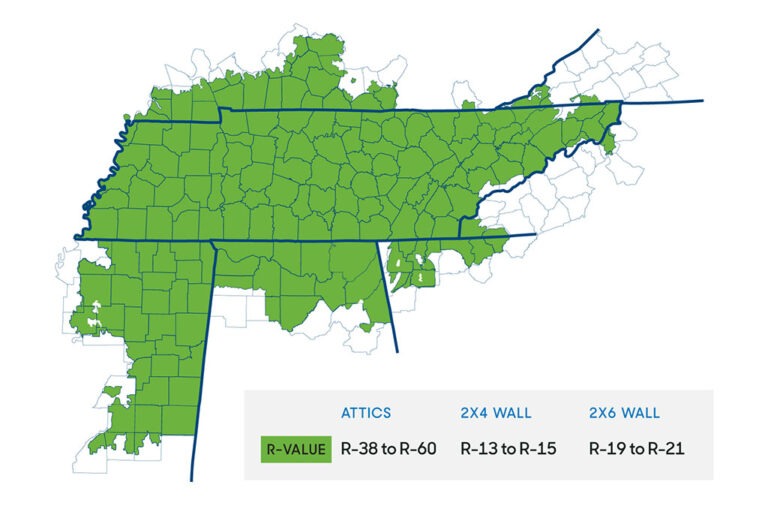
What is an R-Value?
Insulation is measured in R-Values, which indicate its resistance to heat flow — the higher the R-Value, the better the insulation power. Recommended R-Values vary depending on your climate zone and where insulation is being installed (like your attic versus walls). In our seven-state region, adding attic insulation to reach R-38 to R-60 or higher is recommended. A member of the Quality Contractor Network can help you determine the right R-Value for your home.
What types of insulation are commonly used?
Choosing the right insulation depends on where it’s being installed and your home’s specific needs. Here are four of the most common types:
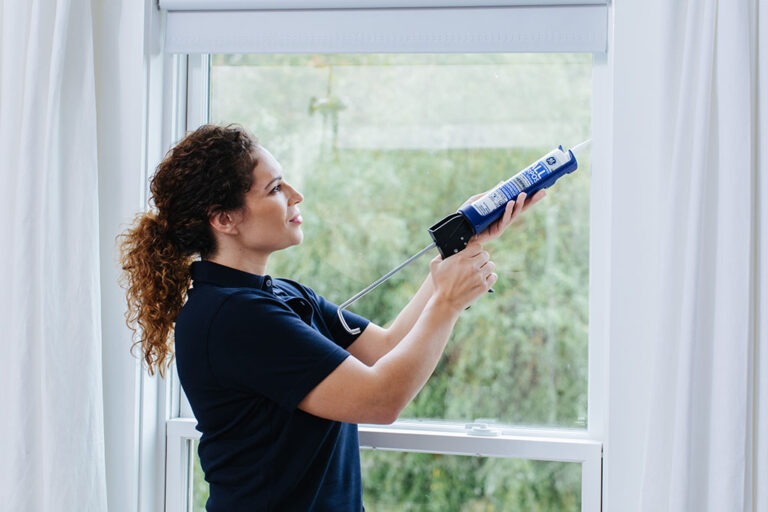
Where should I seal and insulate?
The most common sources of energy loss are often hidden. Start with attic hatches and recessed lighting; gaps around doors, windows and baseboards; gaps around plumbing and wiring; and unsealed ducts (additional rebates may be available).
What air sealing measures are right for your home?
A member of the Quality Contractor Network can help you determine which type of air sealing measures and insulation is right for your home. Here’s what you’ll need to know to get started.
Benefits of air sealing and insulation
Resources for all your home energy needs.
Check out these other helpful home energy services.

Financing
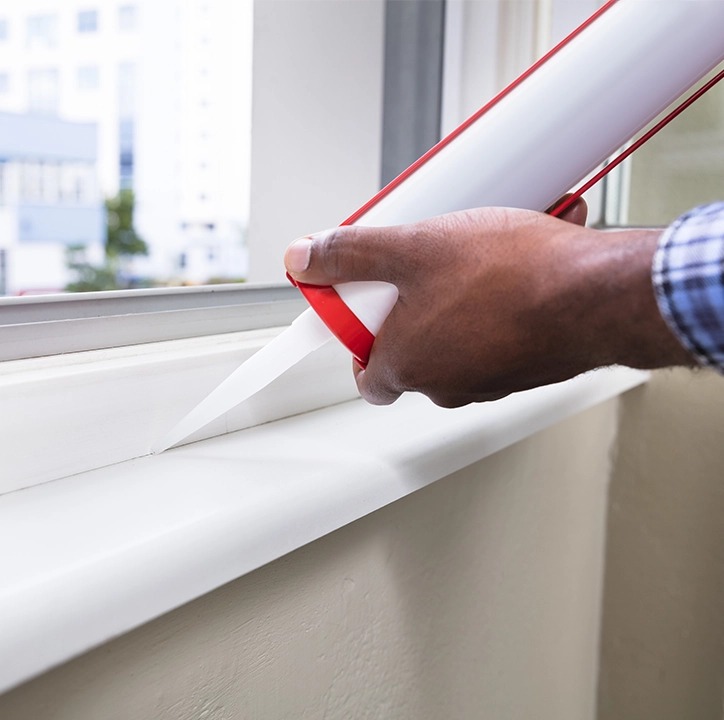
Rebates


